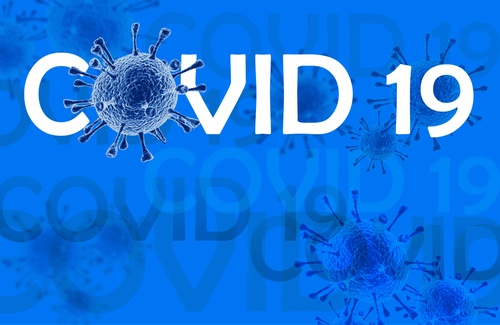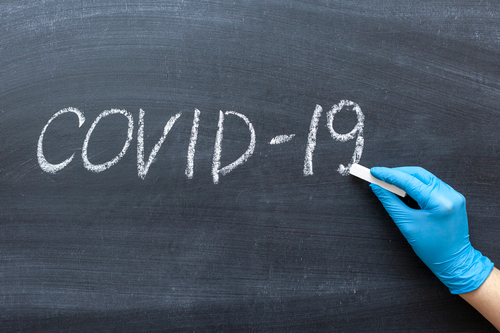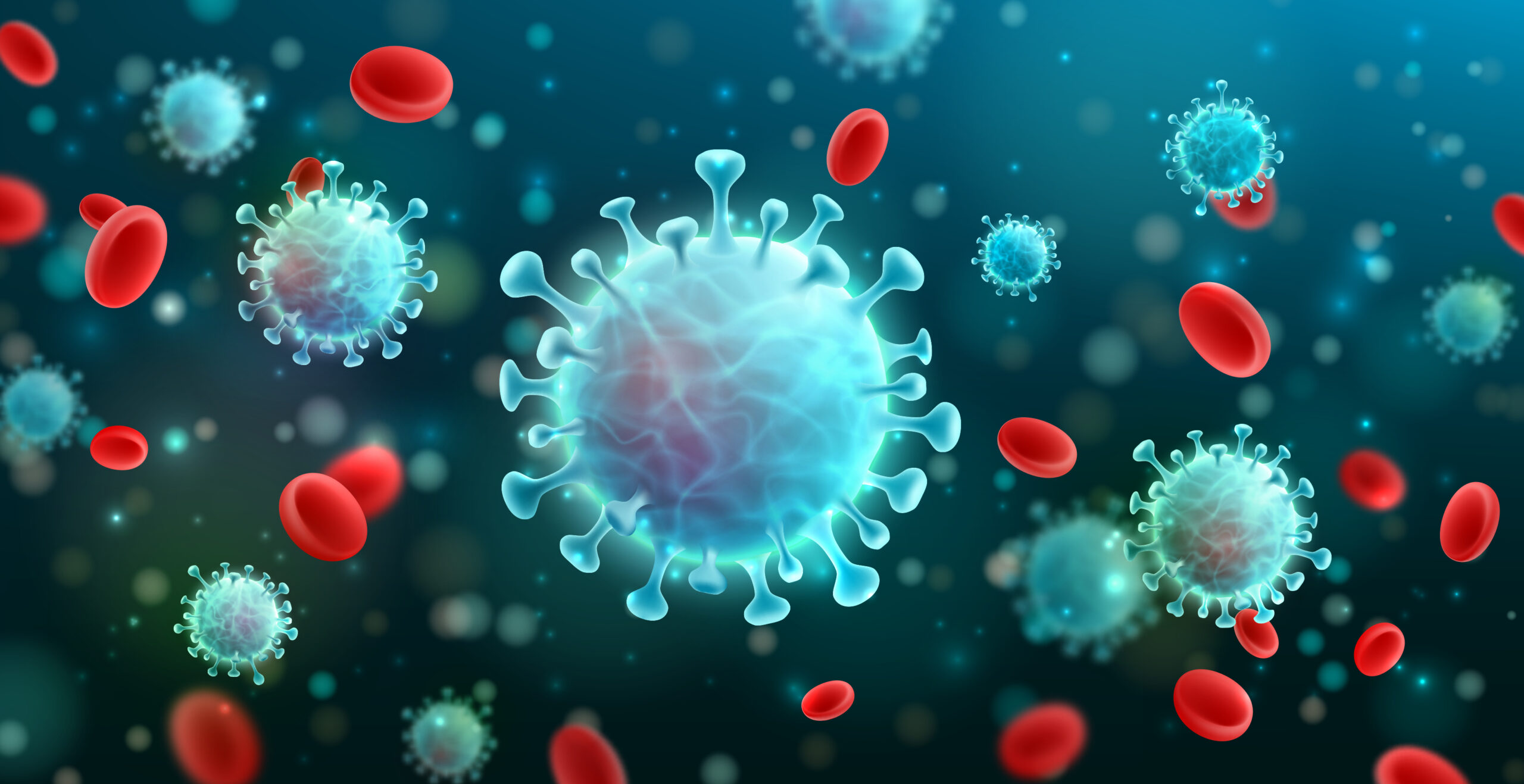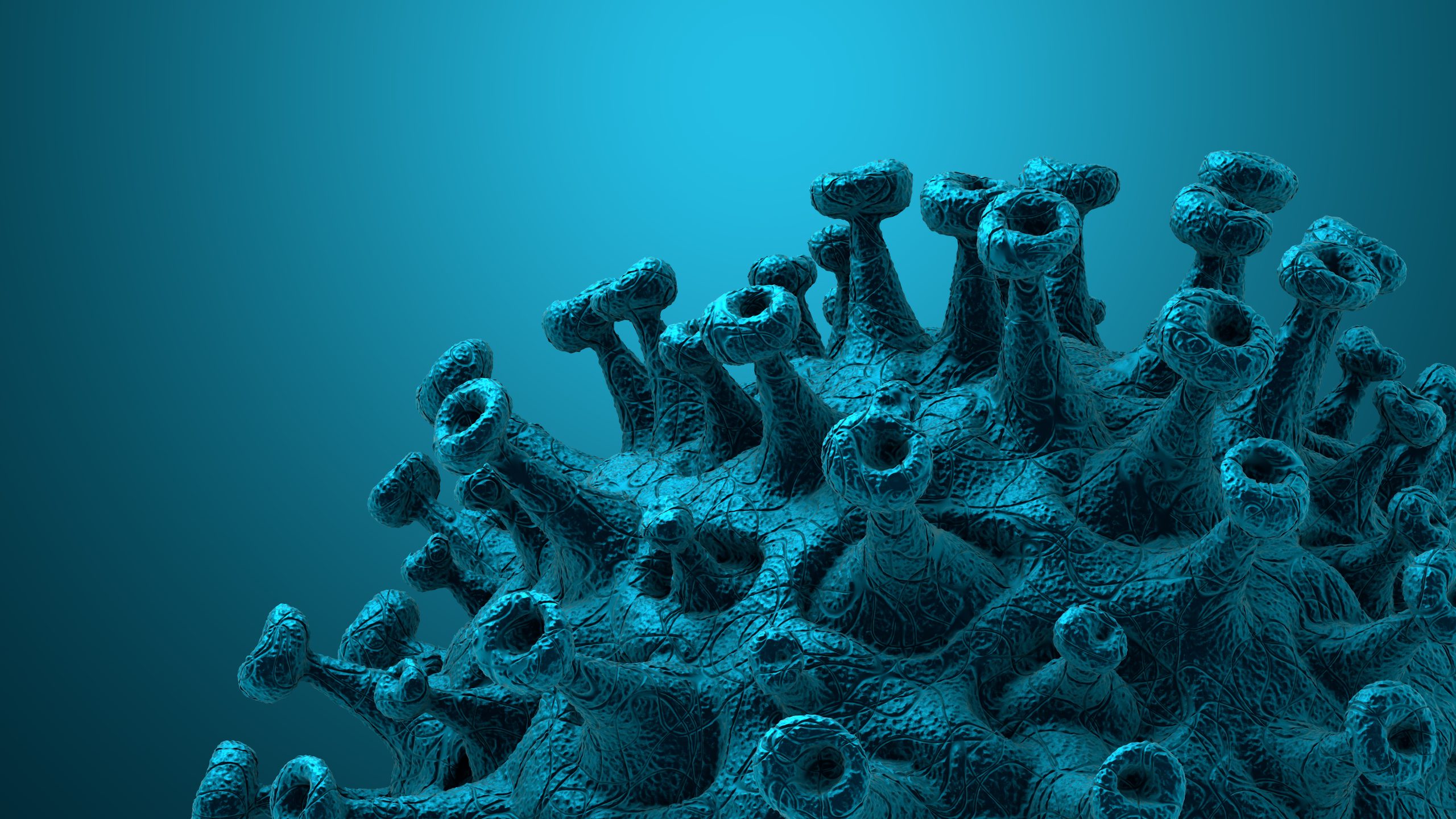Kidney transplant recipients who contract COVID-19 are at high risk for severe disease, and were among the group prioritized for early vaccination. In immunocompromised individuals, including kidney transplant recipients, immune response to vaccination is reduced. There are two classes of SARS-CoV-2 vaccines available in the United States and Europe: (1) mRNA )mRNA-1273 [Moderna] and BNT162b2 [PfizerBioNTech]) and (2) viral vector (ChAdOx1 [AstraZeneca] and Ad26COVS1 [Janssen]). Of those, Ad260VS1 is the only vaccine that has been shown to induce a positive immune response following a single dose.
Results of early studies from Israel and the United States demonstrated that only 54% and 38% of kidney transplant recipients developed antibodies against the spike protein following vaccination with two doses of an mRNA vaccine. Proposed strategies to improve response to SASR-CoV-2 vaccination include additional dosing and heterologous booster vaccination.
Recent reports of a third dose of a SARS-CoV-2 vaccine in individuals with low or no response had promising results; more than one in three patients developed antibodies against SARS-CoV-2. Roman Reindl-Schwaighofer, MD, PhD, and colleagues reported on results of a single center, 1:1 randomized clinical trial of a third dose of vaccine against SARS-CoV-2 infection [JAMA Internal Medicine. doi:10.1001/jamainternmed.2021.7372].
The study was designed to examine the effectiveness of a third dose of an mRNA vaccine compared with a vector vaccine in kidney transplant recipients who did not have antibodies against the SARS-CoV-2 spike protein following two doses of an mRNA vaccine. The primary study end point was seroconversion after 4 weeks (29-42 days) following the third vaccine dose. Secondary outcomes included neutralizing antibodies and T-cell response assessed by interferon-y release assays (IGRA).
Patients were randomized 1:1 to receive a third dose of the same, previously administered, mRNA vaccine (mRNA-1273 or BNT162b2) or a single dose of the vector vaccine (Ad26COVS1). Antibody response was evaluated using the Elecsys® Anti-SARS-CoV-2 enzyme immunoassay (Roche Diagnostics), which tests for the receptor-binding domain of the SARS-CoV-2 spike protein (cutoff, ≥0.8 U/mL; per manufacturer’s instructions).
The study cohort included 197 kidney transplant recipients. Mean age was 61.2 years, 58% (n=115) were men, and 42% (n=82) were women (race and ethnicity were not recorded). Eligible participants had not experienced an antibody response to two prior mRNA vaccination. Of the 201 patients who had been enrolled and randomized to receive a third dose of a homologous (mRNA) vaccine (n=100) or a heterologous (Ad26COVSI) vaccine (n=100), two in the mRNA group were lost to follow-up, one in the vector group withdrew consent prior to vaccination, and another in the vector died of a myocardial infarction 4 weeks after vaccination.
At baseline, there were no statistically significant differences between the two study groups.
Primary End Point
Four weeks after the third vaccination, 76 patients had developed antibodies against the SARS-CoV-2 spike protein (>0.8 U/mL), representing an overall response rate of 39%. There was no statistically significant difference between the homologous and heterologous vaccination strategies; the response rate for mRNA vaccine was 35% compared with 42% for the vector vaccine (odds ratio [OR], 1.31; 95% confidence interval [CI], 0.71-2.44; P=.38).
Secondary End Points
At 4 weeks, applying the antibody cutoff levels (>15 U/mL; >100 U/mL; >141 BAU/mL; and >264 BAU/mL), the overall response rate was 22%, 8%, 6%, and 3%, respectively. There were no statistically significant differences between the groups. Following the third vaccination with mRNA and vector vaccines, mean antibody levels were 22 and 33 U/mL, respectively. Only 22% of the positive antibody responses (>0.8 U/mL) showed functional neutralizing capacity. Regarding antibodies with neutralizing capacity, there was no statistically significant difference between the mRNA and vector vaccine groups: 6% for mRNA and 11% for vector vaccine (OR, 1.95; 95% CI, 0.63-6.72; P=.22).
The overall T-cell response assessed by IGRA was low; only 17 kidney transplant recipients showed a positive reactivity against the SARS-CoV-2 spike protein (nine in the mRNA group and eight in the vector group [OR, 0.86; 95% CI, 0.27-2.64; P=.80]). After the third vaccination, there was no statistically significant difference between groups in reactivity (mean, 0.049 IU/mL and 0.037 IU/mL for mRNA and vector groups, respectively). There was an increase in reactivity between the screening and follow-up points (mean, 0.028 IU/mL and 0.043 IU/mL, respectively; P=.02).
There was no association between type of vaccine received as the third dose and development of antibodies after vaccination (OR, 1.32; 95% CI, 0.74-2.35; P=.35). There were associations between vaccine response and receiving nontriple immunosuppression (OR, 3.59; 95% CI, 1.33-10.75), longer time after kidney transplant (OR, 1.44; 95% CI, 1.15-1.83, per doubling of years), and torque teno virus plasma levels (OR, 0.92; 95% CI, 0.88-0.96, per doubling of levels).
Compared with the vector vaccine, there was an association between a third dose of an mRNA vaccine and a higher frequency of local pain at the injection site; systemic symptoms were comparable between the two groups.
The researchers cited some limitations to the study, including the small sample size and the inclusion of only kidney transplant recipients without a detectable immune response after two doses of an mRNA vaccine, which created a high-risk population with severely impaired immune response to vaccination.
In conclusion, the authors said, “This randomized clinical trial found that more than one in three kidney transplant recipients without an immune response against SARS-CoV-2 after two doses of an mRNA vaccine developed antibodies against the spike protein after the third dose However, only 22% of those showing seroconversion had antibodies with neutralizing capacity. The heterologous vaccination strategy was safe and well tolerated but did not result in a statistically significant difference in the humoral immune response to a third dose of SARS-CoV-2 vaccine after 4 weeks.
“Strategies to improve the immune response in solid organ transplant recipients are urgently needed. Further research is required to determine if additional doses (ie, fourth dose or more) increase the proportion of kidney transplant recipients developing protective immunity, as observed among initial nonresponsers to the hepatitis B vaccine. Other immunization strategies may include temporarily reducing maintenance immunosuppression or prophylaxis with long-acting recombinant neutralizing antibodies that successfully reduce viral load in patients without protective immunity and which may convey passive immunity for several months.”
Takeaway Points
- Researchers reported results of a randomized clinical trial designed to assess the effectiveness of a third dose of an mRNA versus a vector vaccine in kidney transplant recipients without antibodies against the SARS-CoV-2 spike protein after two doses of an mRNA vaccine.
- Of the 197 study participants, 39% developed antibodies against the SARS-CVoV-2 spike protein 4 weeks after a third dose of an mRNA vaccine.
- The heterologous vaccination strategy with a vector-based vaccine was well tolerated and safe but not significantly better than the homologous mRNA-based strategy.






 © 2025 Mashup Media, LLC, a Formedics Property. All Rights Reserved.
© 2025 Mashup Media, LLC, a Formedics Property. All Rights Reserved.